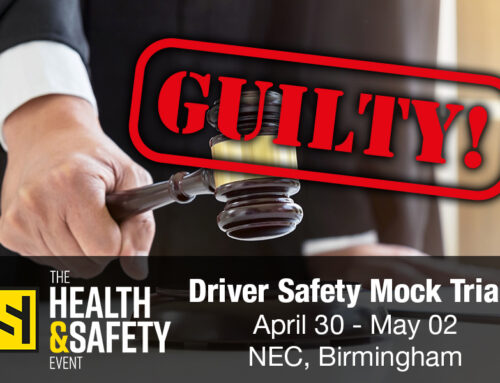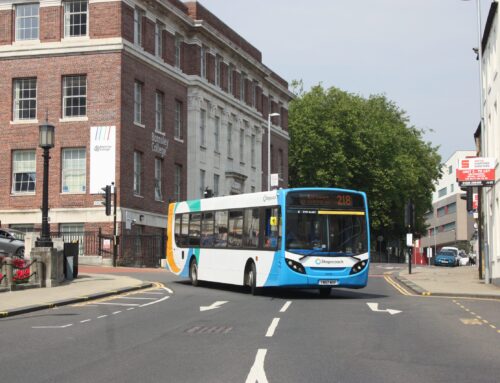Autonomous cars and vans aren’t very far away – the technology exists, and some are optimistic we’ll see them being available in the next five years, however the reality is probably that it will take more like ten years before the infrastructure, legal and insurance regulations, and user acceptance have caught up.
Fully autonomous vehicles are already being tested in various trials around the world including in the UK where, for example, Volvo’s Drive Me trial includes modified XC90s on the roads in West London (having already been trialled in Sweden’s Gothenberg) and Jaguar Land Rover who are testing an adapted Range Rover Sport at their Nuneaton test site.
While there are still many barriers to the widespread use of fully autonomous vehicles, much of the collision avoidance technology required is actually already present in a lot of today’s new cars in the form of Advanced Driver Assistance Systems (ADAS).
Autonomous Emergency Braking (AEB), for example, has been proven to reduce ‘at fault’ rear collisions by up to 38%, and third party injury claims by up to 45%.
Put simply, AEB is a safety technology that takes into account the traffic conditions ahead and will automatically brake the car if the driver fails to respond to the conditions. It’s probably the most significant development in car safety since the seat belt because AEB aims to prevent the crash in the first place. That means a safer journey for drivers, and a reduction in avoidable vehicle damage and associated costs for businesses.
The UK Government has recognised that ADAS technology, and specifically AEB, has a significant part to play in making our roads safer. It wants fleet take up of ADAS-equipped vehicles to improve, as this will accelerate the rate at which these safer vehicles filter down into the second-hand market.
While many new cars achieve a EuroNCAP 5-star safety rating, for which AEB is a requirement, many of the entry level or business-spec variants don’t have AEB as standard, instead making it an extra cost option. According to Thatcham Research, take up of these systems in the UK is poor at around 20% of new cars and much less on vans.
Two manufacturers stand out here though – Volvo has fitted AEB as standard to every car it produces for a number of years, still the only car manufacturer to do so, and Volkswagen Commercial Vehicles is to be applauded for taking the same approach earlier this year with all its new vans, every one of which will now be fitted with AEB as standard.
One barrier to take-up is a lack of customer knowledge about the benefits ADAS can bring to a fleet, and an understanding of how the different systems work. To help fill this knowledge gap, Driving for Better Business, in conjunction with a number of partners including Thatcham Research, Bosch, the Department for Transport and Volkswagen Commercial Vehicles, are holding a series of technology demonstration days later this month at the Thatcham Research proving ground in Upper Heyford just off the M40 between Bicester and Banbury.
The events consist of a presentation on what ADAS systems are currently available and what they do, followed by a series of in-car demonstrations where fleet decision makers can experience for themselves how these systems work. We’ll then look at the business case for ADAS in fleets using case studies from organisations that already use this technology in their fleets, to see some of the staggering collision and cost reductions they’ve achieved, as well as a look at the impact on repair costs.
If you would like to know more about the events, or to reserve a place, please visit https://www.drivingforbetterbusiness.com/stopthecrash/
If you want to know what ADAS is, how it can benefit your fleet, and actually see it and use it, you really can’t afford to miss these events.
Register now and we’ll see you there
Best regards
Simon Turner
Campaign Director





